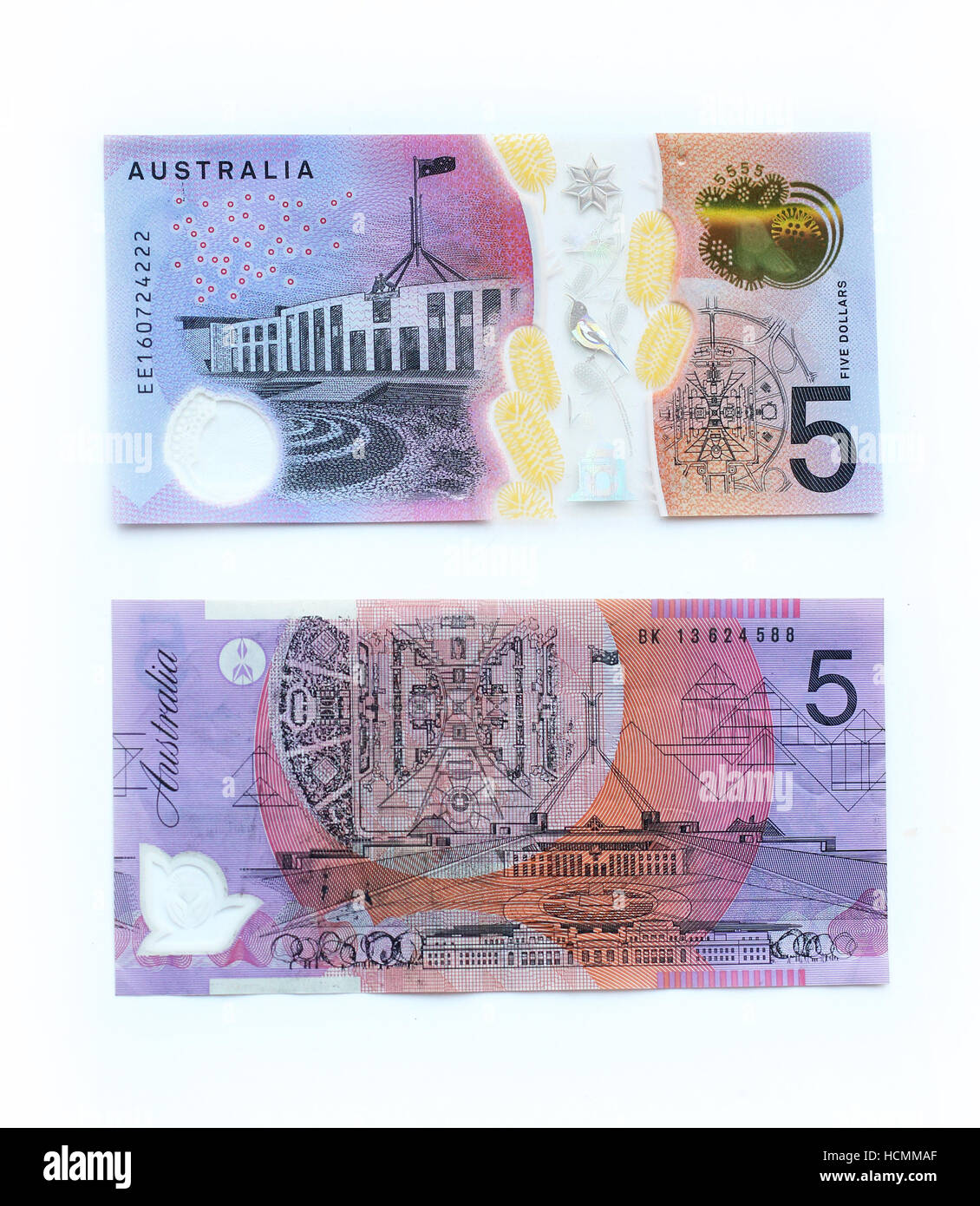
From 1933 to 1973, there were no interest payments on demand deposits. Until the Banking Act of 1933 (also known as the Glass-Steagall Act), banks generally paid interest on demand deposits with large minimum balances. Therefore, the amount of currency in circulation is endogenously (internally) determined by the banks, and the determinates of the price level must be sought elsewhere. Whenever the government tries to control one type of money (for example, bank notes with a penalty tax), the banks create another type of money (for example, check currency) that is not being controlled. This argument ignores the banks' capacity for financial innovations, like their creation of check currency to replace bank notes. It is then argued that the price level is determined by the amount of currency in circulation. It is often argued that the amount of currency in circulation, including the amount of check currency, is exogenously (that is, externally) given by the government. And despite the widespread availability of electronic fund transfers, this was still true (for the volume of transactions, not their value) at the end of the twentieth century. So successful was this financial innovation that, by the end of the nineteenth century, it is estimated that from 85 to 90 percent of all business transactions were settled by means of check currency. The state banks responded by issuing check currency, which was not subject to the tax.

In March 1865, in an effort to compel state banks to become national banks, the government imposed a 10 percent tax on bank notes issued by state banks. Both purposes of the National Banking Act could thus be accomplished by creating national banks that had to hold federal bonds as reserves for the bank notes they issued. State banks were failing because of the depreciation of the state bonds they held as reserves against the bank notes they issued. The twofold purpose of the National Banking Act was to finance the Civil War and to stop the widespread bankruptcies of state banks. Whereas a check is an order to the bank to pay, a bank note is a promise by the bank to pay.Īlthough check currency was in use in New York and other large cities in the early nineteenth century, it was not until the National Banking Act of 1863 that it began to replace bank notes as the principal type of bank money. Check currency is one of the two types of bank money, the other being bank notes. Such deposits are called demand (or transaction) deposits in order to distinguish them from time deposits, against which checks cannot be written.

CHECK CURRENCY denotes bank deposits against which the owner can write a check.


 0 kommentar(er)
0 kommentar(er)
